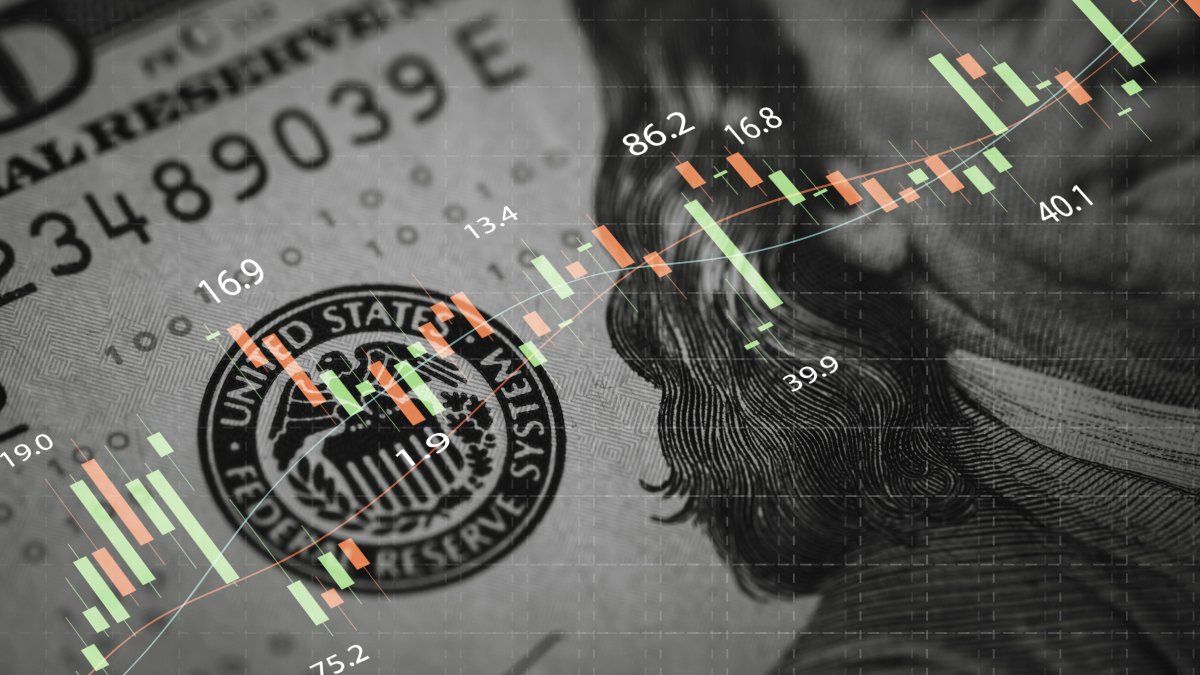The Government decided to extend the phase 1 of laundering and investors, far from the bureaucratic part, begin to plan their investment portfolios with his advisors. A private report that he accessed Scopebegan to give some signs of what Common Investment Funds (FCI) They are the most chosen instruments, but it also provides an overview of the other tools that concentrate the greatest interest. Do they choose the Argentine risk or not?
Based on last week’s data, the funds most used with laundered dollars are money market in dollars, an immediate liquidity instrument in foreign currency, with a conservative risk profile and short-term horizon. These types of investments, Beyond the manager that manages it, it is usually invested in fixed terms, remunerated accounts and collateral in dollars for the most part. The approximate return is 1% per year in dollars, which, although low, is usually above what is offered by leading banks.
FCI of money laundering: other instruments that investors choose
Secondly, there are the T+1 funds, composed mostly of corporate bonds, another classic for a type of investor who is naturally conservative. Along these lines, companies in recent days began to issue more Negotiable Obligations (ONs), in accordance with the demand generated by money laundering and in order to extend the “duration” of their own maturity profiles. Bonuses YPF, Pampa Energía and Transportadora Gas del Sur, Companies with a good profile are some of the examples that are most in demand, according to the city.
Thirdly, the funds are located money market in pesos, which surprisingly sneak into third place with a performance between 36% and 45%. This is usually an instrument with high liquidity and a conservative profile, in line with the previous ones.
And finally, fixed income funds in dollars. On this occasion, the attraction they offer is that they are usually composed of debt from private companies in Latin America or bonds from countries such as Brazil and Colombia, moving away from Argentine risk.
“The vast majority of FCIs currently used are aimed at money market in dollarswhich are transitory instruments. Afterwards, some FCI of sovereign bonds in dollars and investment grade corporate bonds were observed, followed by FCI of local corporate bonds,” he agreed. Juan Ignacio Alra, Consultatio-TPCG Portfolio Manager in dialogue with Scope. According to his perspective, there is still “a lot of money uninvested.” “Today, it seems that most of the appetite is concentrated in corporates, as reflected in the large number of CCL and MEP schemes,” he said.
In this sense, Alra explained: “the possibility of subscribing to FCI with external assets, through the CERA ecosystem (for deposits greater than US$100,000), keeps these funds within the Special Asset Regularization Accounts (CERA) and generate demand for CCL and supply in the MEP. Everything that operates in the MEP tends to be compressed due to the exchange gap and the restrictions of the stocks. This creates opportunities for companies to borrow at very low rates.compared to the US Treasury. Something that is not so positive for investors is that they remain captive.” However, he highlighted that companies such as Panamerican Energy (PAE), YPF and Vista Oil & Gas, among others, have greater flow due to money laundering.
Laundering: what is the outlook for bonds
Juan Pedro MazzaStrategist at Cohen Aliados Financieros, contributed that, in recent days, there was a “general increase in the volume traded for dollar bonds”, all within the framework of money laundering. As detailed, it happens in all types of instruments, whether the issuers are the Treasury, the BCRA, corporate and provincial. “As a reference, in September, the traded volume grew compared to July by US$2 million for Global 2029 (GD29) (+85%), at US$33 million for the Bopreal 2026 (+72%), in the YPF Bond maturing in 2026, at US$0.5 million (+63%) and, finally, US$1 million for the Mendoza to 2029 (+89%).
Time limit for the Alcys: the clarification of the remnants
Investors have until October 31, 2024 to join and invest the funds. Recently, the National Securities Commission (CNV) clarified that, although brokerage companies may receive money in special accounts, Once an investment has been made, if there is a remainder, it will have to be deposited in a bank’s CERA. For this, a period of 10 days will be available.
The regulations are intended for operations with funds from laundering carried out by capital market settlement and clearing agents (ALyCS), who will have They must be deposited in a special bank account whenever a certain limit is exceeded and once the ten-day period has expired.
Source: Ambito
I am a 24-year-old writer and journalist who has been working in the news industry for the past two years. I write primarily about market news, so if you’re looking for insights into what’s going on in the stock market or economic indicators, you’ve come to the right place. I also dabble in writing articles on lifestyle trends and pop culture news.




